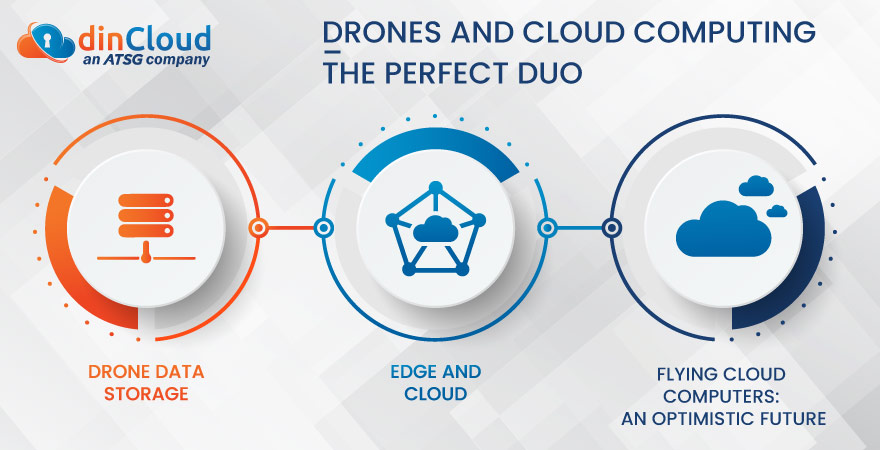In today’s day and age, we have an overwhelming amount of information flowing in and out of our hands every day. Today, data collection requires no physical boundaries. People can get insightful understandings about this world just by capturing photographs and videos of new things around them. No one would have previously thought such things were even possible.
There is an interconnected Cloud-based world, where Drones are used to collect data, later to be stored in the Cloud. A Drone is basically an autonomous physical technology that can be used for the purpose of gathering data, making observations remotely, and much more.

The latest technology called Un-manned Aerial Vehicles (UAVs) can be used to click high resolutions pictures from the sky at very low costs. UAVs are used to get speedy insights about various things, like construction site safety measures requirements etc. They are gaining immense popularity in the telecommunication industry as well.
Investment in the drone revolution has increased post-pandemic, to make it faster and more agile to collect data. Once connected with cloud computing, their high-resolution images and videos can be sent over for real-time storage, thus enhancing the flight times for drones and increasing their effectiveness.
Drone Data Storage
The drone workflow is expedited by Cloud-based Services while they are still airborne. The Cloud has become an integral part and compute engine, not only for large applications, but also for drone-based technologies.
Organizations are incorporating Cloud Computing in drone technology to help their businesses flourish. The fast artificial learning ability of the Cloud can be leveraged to make drones smarter. Since tons of drones are working at the same time, to gather heaps of data, 5G technology is essential for generating optimal Cloud Computing services for drones.
The goal is that data will go from Drone to Cloud via 5G. It will be processed and saved in the Cloud. Real-time decisions and situational awareness can be made faster, in the air, by having precise insights from data collected through drones. Earlier, these operations would rely on human beings as the intermediary and it took a lot of operational downtime for data to make sense.
Edge and Cloud
UAVs have onboarded edge computing technology which allow them to perform useful tasks from detection of a vegetation growth on power lines to rusts and faults in bridges. Both machine learning (ML) and computer vision are being used by UAVs/ to perform such complex workloads.
Drones can be deployed in Autonomous drone station (ADS) and on command, drone will come out to capture images and return back to their box containing edge computing technology. Take the agriculture industry, for an example, where this technology can be used to alert farmers about possible difficulties, such as sudden changes in weather. We can take it one step further, by helping farmers make more rational and informed decisions with the help of Cloud Computing technology.
Cloud computing also impacts drone’s hardware. Drones architecture will be simplified and made smarter, once they are not required to physically carry compute power after they establish high bandwidth, good cloud connection and lower latency. The space that is freed up can instead be used to enhance the airtime of drones.
From hurricanes to flood detection, Cloud Computing proves to be extremely promising by giving valuable insights regarding the massive data that is continuously being collected.
Flying Cloud Computers: An Optimistic Future
Cloud-powered drones are all set to deliver excellent results, whether in the commerce world by making drone-deliveries, or displaying eco-friendly fireworks. This technology is not only helping businesses grow faster, but also providing insights to help human beings (forest rescues or disaster detection).
Conclusion
The future is bright with land and sky interconnect through these smart flying devices leveraged to make our lives easier.
For secure and scalable Cloud Computing Services, you can contact dinCloud, an ATSG company, to fulfill your storage and data processing needs in the Public Cloud.


